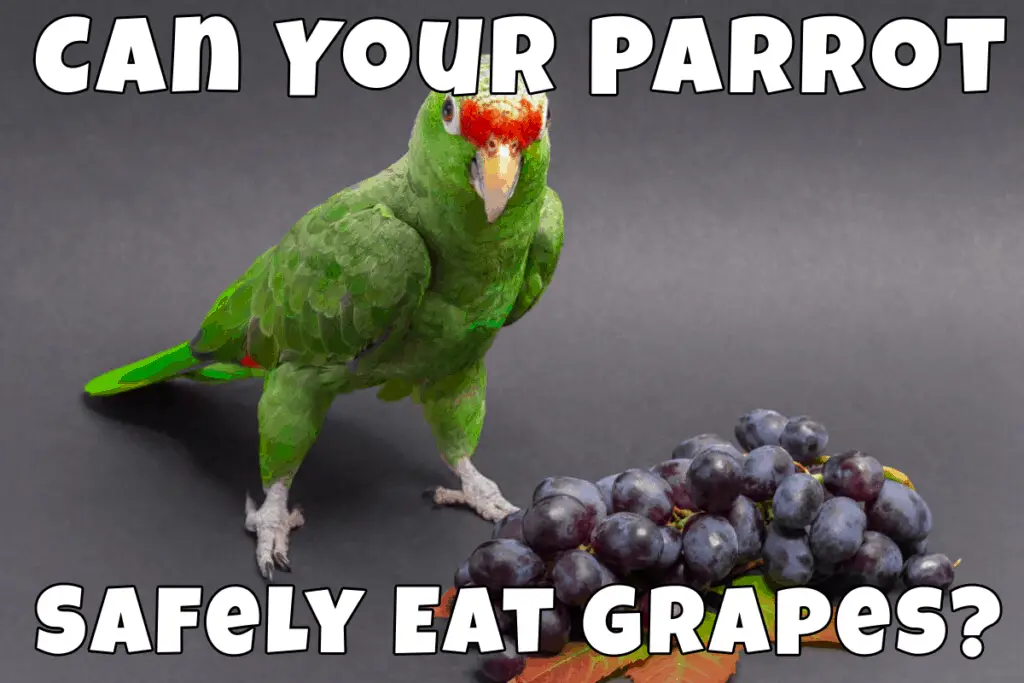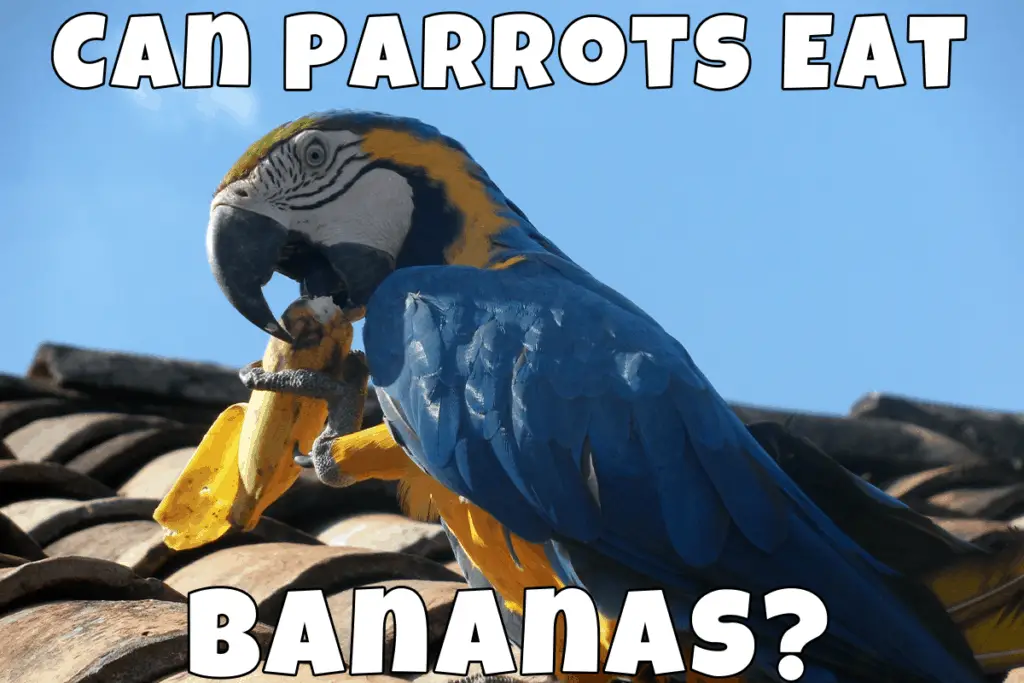Bell peppers can be a part of a nutritious colorful menu for people. However, can you feed your parrot with a bell pepper diet? Is it really safe?
Yes, and we’ll explain why. Parrots can eat colorful bell peppers because this healthy meal is loaded with nutrients for the bird too. In this article, we’ll go through the bell pepper’s benefits. Also, we’ll give more details on the following questions:
- What is bell pepper
- Bell pepper’s nutritional value for the parrot
- What parts of bell pepper are safe for your parrot to eat?
- How long do bell peppers last
- How to serve bell peppers for the parrot?
As a parrot owner, you definitely want to feed your bird with the most nourishing food. So, let’s not wait anymore and discuss how bell peppers can help you achieve this goal.
So, What Are Bell Peppers?
The country of origin for bell peppers is America, South and Central regions, to be precise. Bell peppers are in one vegetable category with small chili pepper, but they are not so spicy as chili. Bell peppers are more giant and have a sweeter and milder taste compared to chili peppers. There are green, yellow, red, and more colors of bell pepper available. Traditionally, they appear in the market in the late summer. However, you can easily pick some at the grocery store during the year.
The waxy outer coating is a defining feature of the bell pepper. This kind of pepper is shiny from the outside and is crunchy and juicy inside. The hollow inside it is filled with tiny white seeds that are placed on the white fiber membrane. Later, in the article, we’ll discuss if these seeds are safe or toxic to eat for the parrot, so keep reading.
The color of the bell pepper varies depending on its maturity stage. The same goes for the taste of this vegetable. At first, bell pepper is green. Such peppers have a deep bitter taste compared to riper ones. As the pepper ripens, the color changes to yellow, then orange, and, finally, to red. Naturally, yellow and red peppers are sweeter, and the red ones – have the sweetest taste among all.
Can Parrots Eat Pumpkin Safely? 3 Nutritional Benefits
What Are Bell Pepper’s Nutritional Benefits for the Parrot?
Did you know that the amount of nutrients in bell peppers depends on their color? Well, this is true. So each color bears a different nutritional value to the parrot.
Red Bell Peppers Nutritious Benefits
This color packs a unique set of nutrients for your parrot. Red peppers offer amazing vitamins that you can’t find in green and yellow pepper. For example, vitamin A is only found in red bell peppers. If your parrot is not getting enough vitamin A – it becomes prone to cold-like symptoms. The bird starts sneezing and develops unhealthy wheezing.

So, to prevent such a condition, you should supplement your parrot with enough intake of vitamin A. And this is perfectly doable with red bell pepper’s inclusion in the bird’s menu.
Can Cockatiels Eat Cauliflower? (Feeding Rules+Foods To Avoid)
Other Bell Pepper Nutritious Benefits
Usually, it’s better to feed your parrot with raw bell peppers. In this way, the bird can get all the nutrients unprocessed, which is the most beneficial for the pet’s health.
Vitamin C
Fresh bell peppers contain up to 97% of vitamin C and are low in sugar. Vitamin C is not produced in the parrot’s body and should be obtained regularly from food.
Most parrot’s pellets don’t include vitamin C, so adding bell peppers to the bird’s diet will complement the list of nutrients your parrot gets every day.
Sugar
Although pepper’s taste is sweet, it holds only 2 grams of sugar. This is highly beneficial for the parrot. Because, as you know, a low-calorie diet prevents obesity. With bell peppers, you can stay calm as your parrot is not overeating and gets a healthy calorie and vitamins food.
Other Micronutrients
Bell peppers are a source of fibers too. Potassium and folic acid are also elements that are found in bell pepper treats. All these micronutrients ensure the digestion of your parrot runs with no interruptions.
The longer bell pepper stays on the vine, the more nutrients it has. This explains why red peppers are more packed with benefits than green ones. However, no matter what color they are, these vegetables create a healthy diet for your parrot.
So, don’t be upset if your parrot prefers green peppers over red ones. There is no need to stick to one option. In parrot feeding, the variety is more effective than mono-dieting.
FAQs
What Parts of a Bell Pepper Can I Give to My Parrot?
Well, to answer this we need to give some explanations. First off, some parts of bell peppers are safe, while others – should be avoided at all.
What are they?
Seeds
Bell pepper seeds are safe to feed to your parrot. Although they may add some bitterness to the vegetable taste, they are not toxic for the bird. So, when you need to decide whether to give bell pepper seeds to your parrot or not – make sure to understand the pet’s preferences.
For instance, some parrots are into sweeter-tasting food. If this is yours – give him red pepper’s seeds. If you notice the bird is avoiding sweet seeds, try green pepper seeds.
Membranes
Many parrot owners give their parrots pepper membranes too. In some cases, the presence of a membrane with seeds can prevent the bird from eating it. If that is the case, remove the seeds and membrane from the bell pepper before giving it to your parrot.
That’s is relatively easy. Take pepper and use a knife to cut the top of the pepper. Then, scoop the membrane and seed altogether. You can serve the whole pepper or cut it in several parts for more convenience.
Can I Feed My Parrot with Bell Pepper’s Stem?
Belle pepper belongs to the nightshade vegetable’s class. Its leaves and stems are known to be poisoning both to humans and parrots.
So, the bell pepper’s stem is the most toxic part of the pepper. So it would help if you did not give it to your parrot by any means. Before you provide pepper to the bird, cut the stem off and feed the bird.
Can Parrots Eat Tomatoes? Is It Safe for Them?
How Long To Store Bell Peppers?
It depends on what kind of pepper do you want to store.
The best thing is to give your parrot fresh and raw bell peppers.
These can be stored for around 7 or 14 days in a fridge (vegetable section). And the time will also depend on how fresh the vegetable is, of course.
The shelf life of bell pepper in the open air reduces to 7-12 days. Another option is to freeze some raw peppers and serve them to your parrot. In this case, you can store the bell peppers for longer than two weeks.
If we speak of cooked peppers, they can last in the fridge for 3 or 5 days maximum.
How is best to Serve Bell Peppers to the Parrot?

Typically, the longer you store the vegetable, the more nutrients you lose. If you cook peppers, you also lose the microelements that are useful to the parrot. So, the best way to serve it is raw and fresh.
Cooked peppers tend to bear more calories because usually, you use butter or some oil to prepare them. Plus, cooked bell peppers lose their crunchy texture and may not be favored by your parrot.
Can Parrots Eat Chilies Safely?
To sum up,
Bell peppers are easy-to-prepare snacks that your parrot will adore. Packed with micronutrients, it makes the diet of your bird balanced and stuffed with crucial vitamins.


